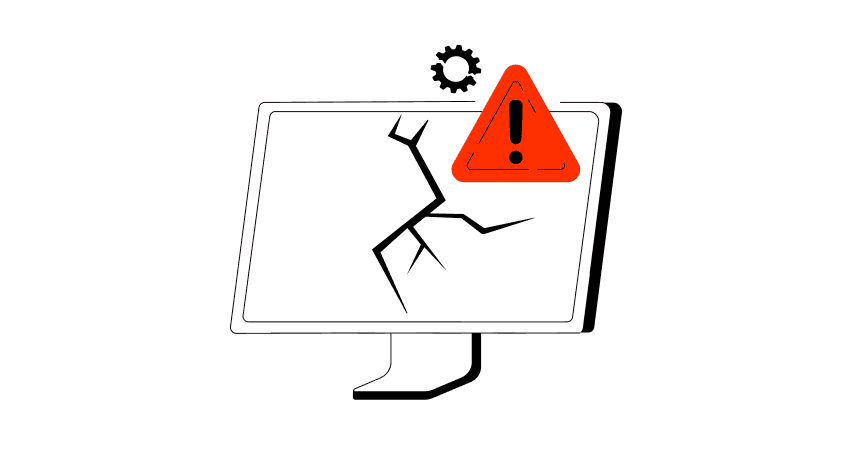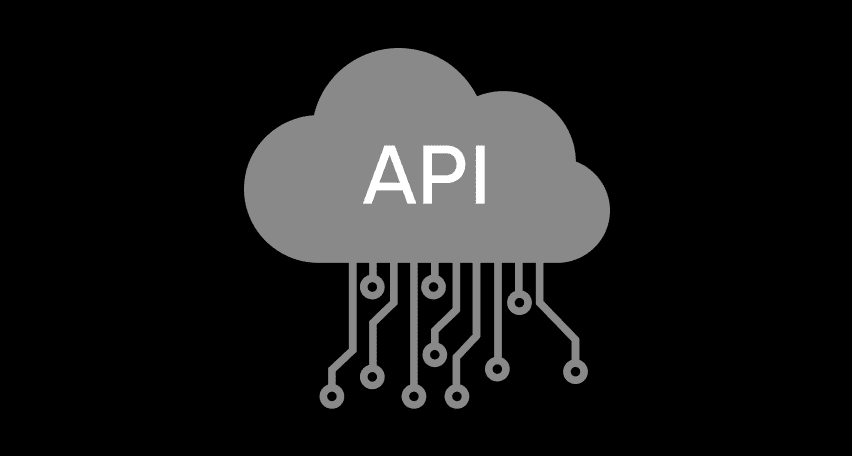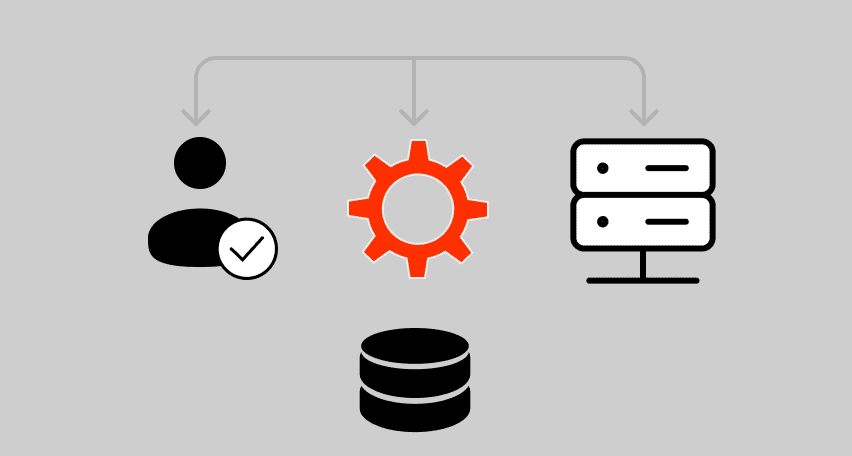In the development and delivery of software, the most important contribution of DevOps is the elimination of the time lag between project phases: development, testing, trial operation, and delivery of the product to the final consumer. The time2market indicator is one of the key indicators of the competitiveness of products and the success of companies today.
Some experts have described the term TestOps as an example of the effective interaction of the testing and maintenance departments. This is an example of sharing the knowledge and carrying out the correct checks at the stages of pre-production operation and validating the installation of the new release in the production environment.
Here at PFLB, a company that is professionally engaged in quality assurance, we are looking at DevOps not only in its original paradigm. Rather, we look at DevOps with a view to the integration of the means of control and quality assurance with automated systems of virtualization and software deployment on the testbeds. This approach allows us to orient the automated development environment not only on the speed but quality as well.
In the overall process of product creation, the types of control and quality assurance can be ranked according to their proximity and ease of binding with the actions and objectives of DevOps:
The use of automated inspection and quality control tools in conjunction with DevOps not only enables a reduction in the time2market indicators and qualitative improvement of the product, but also increases the efficiency of the use of resources at the expense of non-assembly, which is recognized as not valid after performing automated check-ups.
In conclusion, it is necessary to specify the value of DevOps for business. Three business advantages exist:
Related insights in blog articles
11 API Failure Causes and How To Solve Them

When an API fails, the consequences ripple quickly through the entire system. Transactions stall, integrations break, and frustrated users flood your support channels. Understanding exactly why API failures happen — and how to fix them — is essential for developers and businesses alike. This article examines the most common reasons behind API failures, explores the […]
API Mocking: A Complete Guide

Waiting for APIs to become available or stable can slow down entire projects. API mocking provides a smart way to avoid these roadblocks by simulating real API responses, keeping your teams productive and ensuring smoother integration down the line. In this guide, you’ll discover exactly what API mocking involves, how it differs from using real […]
API Endpoint: A Complete Guide

Modern applications rely heavily on APIs (Application Programming Interfaces) to communicate and exchange data across different systems. At the heart of this interaction lies the API endpoint — a fundamental concept that defines where and how data exchanges happen. This guide explains clearly what an API endpoint is, outlines its importance, and provides practical insights […]
gRPC vs. REST: Detailed Comparison

Choosing between gRPC and REST can feel confusing, especially if you’re trying to figure out the best way for your applications to communicate. This article breaks down the grpc vs rest comparison clearly, without jargon or confusion. You’ll learn exactly what each protocol is, the advantages and disadvantages of each, and understand why gRPC is […]
Be the first one to know
We’ll send you a monthly e-mail with all the useful insights that we will have found and analyzed
People love to read
Explore the most popular articles we’ve written so far
- Top 10 Online Load Testing Tools for 2025 May 19, 2025
- Cloud-based Testing: Key Benefits, Features & Types Dec 5, 2024
- Benefits of Performance Testing for Businesses Sep 4, 2024
- Android vs iOS App Performance Testing: What’s the Difference? Dec 9, 2022
- How to Save Money on Performance Testing? Dec 5, 2022